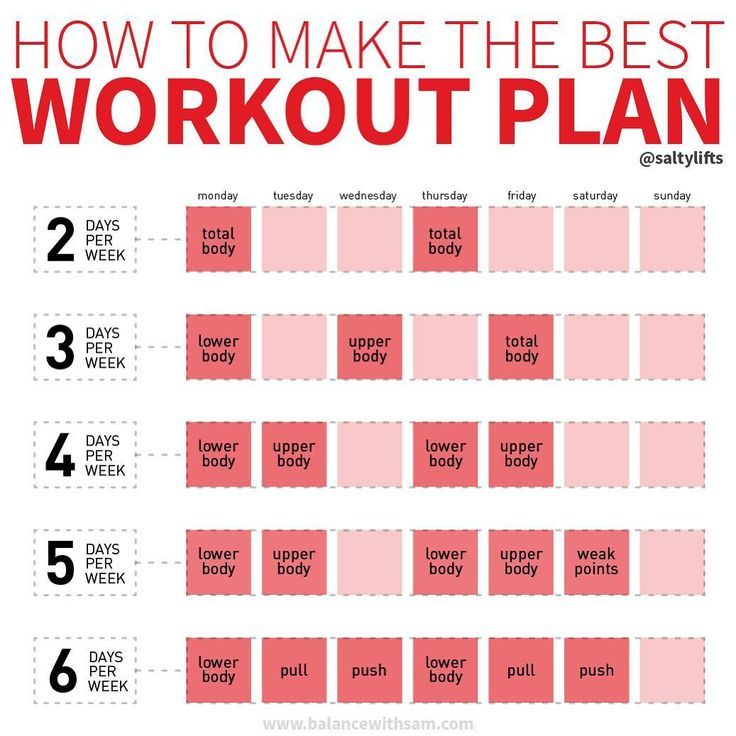How to Structure Your Weekly Workout Plan for Optimal Results

Planning and structuring your weekly workout routine is key to achieving optimal results and maximizing your fitness gains. Whether you are a beginner or an experienced gym-goer, having a well-organized workout plan ensures that you target all muscle groups, allow for proper recovery, and work towards your specific goals.
Set Your Goals
The first step in creating your weekly workout plan is to define your goals. Are you aiming to build muscle, lose weight, improve endurance, or enhance overall fitness? Establishing these goals will guide your exercise selection and intensity levels throughout the week.
Determine the Frequency
To structure your weekly workout plan, you need to decide how many days you can commit to exercising. This will depend on your schedule, fitness level, and personal preferences. Ideally, aim for a minimum of three days a week to ensure sufficient training volume and progress.
Divide Your Training Days
It’s important to create a balanced workout plan by dividing your training days into various focus areas. This allows you to target different muscle groups while simultaneously giving your body enough time to recover. A common approach is to split your training days into upper body, lower body, and cardiovascular workouts.
Upper Body Days
On upper body days, focus on exercises that target your chest, back, shoulders, and arms. This can include bench press, push-ups, pull-ups, rows, shoulder presses, and bicep curls. Aim to perform 3-4 sets of each exercise with moderate to heavy weights.
Lower Body Days
Lower body days should focus on exercises that involve your legs, glutes, and core. Examples include squats, lunges, deadlifts, leg presses, hip thrusts, and planks. Implement 3-4 sets of each exercise, gradually increasing the weights as your strength improves.
Cardiovascular Days
Cardiovascular workouts are essential for improving endurance and burning extra calories. Incorporate activities such as jogging, cycling, swimming, or using the elliptical machine. Aim for at least 30 minutes of moderate to intense cardio on these days.
Plan for Rest Days
Rest days are an integral part of any workout plan as they allow your muscles to recover and grow stronger. Plan at least one or two rest days per week to avoid overtraining and decrease the risk of injuries. On these days, focus on light stretching, yoga, or leisurely activities to promote active recovery.
Consider Cross-Training
Variety is key to prevent boredom and maintain long-term motivation. Consider incorporating cross-training activities into your weekly workout plan. This could involve participating in a group fitness class, practicing yoga, or engaging in outdoor sports. Cross-training not only adds diversity to your routine but also challenges your body in new ways.
Progressive Overload
In order to continuously improve and see results, it’s important to implement the principle of progressive overload. This means gradually increasing the intensity, duration, or weights of your exercises over time. Challenge yourself with small increments each week to keep your muscles adapting and avoid hitting a plateau.
Listen to Your Body
Lastly, always listen to your body and adjust your workout plan accordingly. If you feel excessively fatigued or experience pain, give yourself an extra rest day or modify your exercises. It’s essential to prioritize your health and well-being during your fitness journey.
Conclusion
Structuring your weekly workout plan is the foundation for achieving optimal results. By setting clear goals, dividing your training days, incorporating rest days, and implementing progressive overload, you’ll be well on your way to reaching your fitness targets. Remember to keep your plan flexible, enjoy the process, and celebrate your progress along the way!

